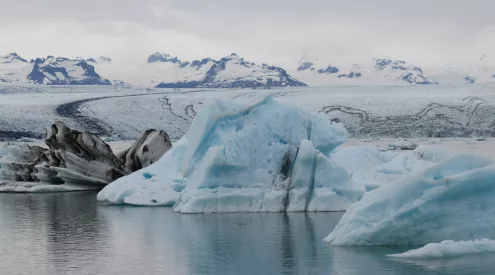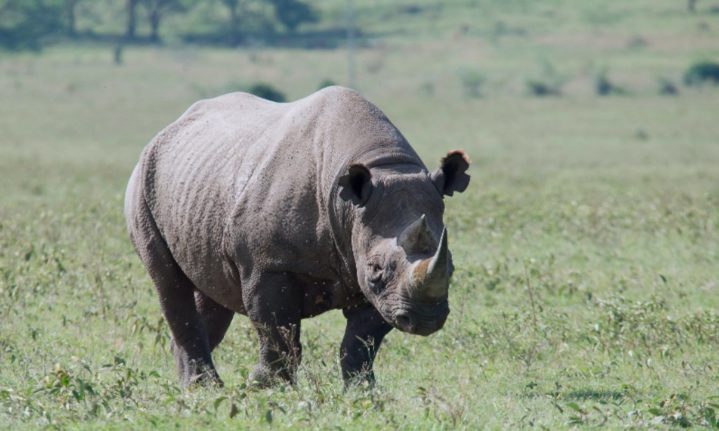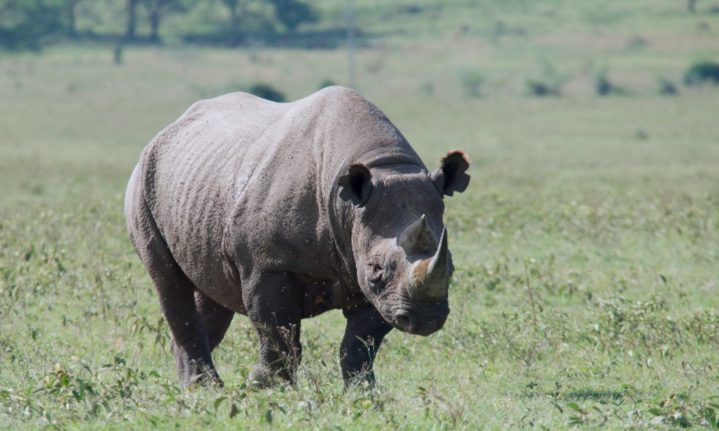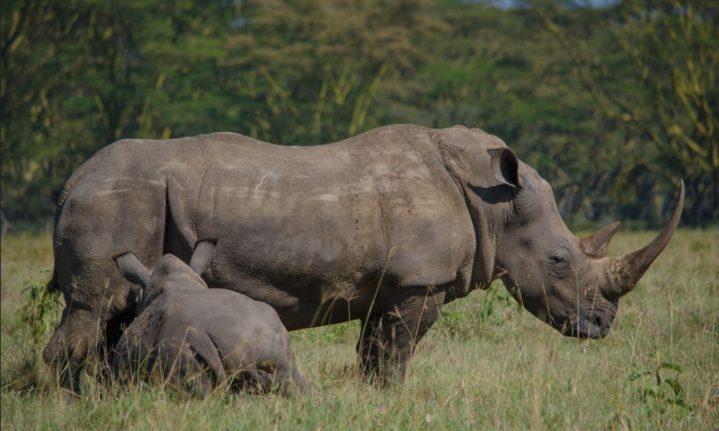Research conducted by The University of Manchester with Kenyan scientists and conservationists suggests that individual rhinos really matter when examining the effect of poaching on the ‘critically endangered Kenyan black rhino’ populations’ chances of survival.
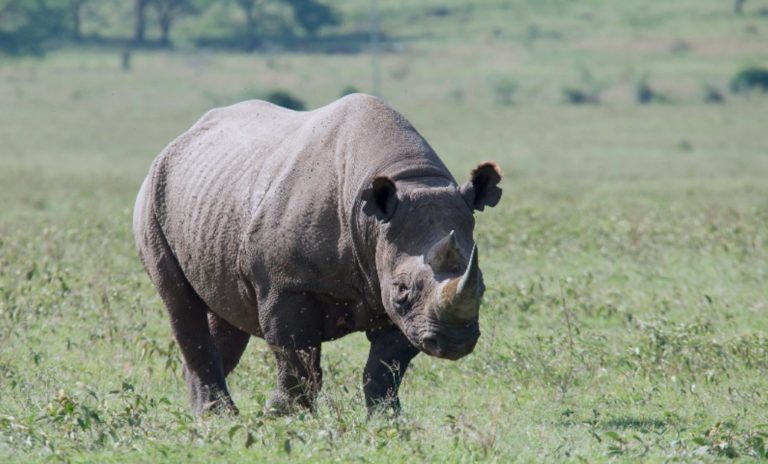
Black rhino in Kenya. Picture: Flickr Commons / Paul
According to research published by The Royal Society Publishing, it was discovered that the individual reproductive variance of rhinos, or how successful different females are at raising their calves combined with poaching leads to ‘a greater than first thought risk to the survival of the black rhino’.
Some black rhinos (as is the case with most species) have more offspring than others. Haphazard poaching of random rhinos may lead to the death of the cows that have the capability of delivering more claves. Reproductive variance combined with poaching has been discovered to increase the extinction risk of Kenyan black rhinos by as much as 70%, reported Phys Org.
Professor of Evolutionary Ecology and conservation at The University of Manchester Susanne Shultz says ‘preventing population decline is a crucial step for stopping biodiversity loss. In this study, we identified how losing key rhinos can make small populations very vulnerable, which can help us design more effective conservation actions’.
A key fact that outlines the importance of this new research shows that researchers may ‘underestimate the risk’ if conservationists do not acknowledge that certain rhinos ‘contribute a lot more to the population’ and the death of these specific rhinos will have a much ‘bigger impact’ on the forecast of rhino survival.
Dr. Nick Harvey Sky, the lead author of the work noted, ‘This study shows that poaching has effects on rhinos beyond the death of targeted individuals. The deaths of healthy females that would have gone on to produce lots of calves can make whole populations more vulnerable to extinction.’
Kenyan rhino scientists, security teams and managers along with The University of Manchester have monitored the critically endangered eastern black rhino intensely for decades. The births and deaths of these rhinos have been recorded thoroughly during this time. From this research, it has been proved that there ‘is a significant variation in breeding success between females, with many females not breeding or doing so very slowly.’ This research has been recorded across three populations of black rhinos in Kenya on Ol Pejeta Conservancy, Lew Wildlife Conservancy and Ol Jogi Wildlife Conservancy.
Post-doctoral researcher at the University of Oxford, Dr. John Jackson says ‘for me, our study really highlights a deadly combination of small populations, individual differences, and poaching for vulnerable populations. When working in combination, these factors can completely reshape the fate of an endangered species’.
ALSO READ
Extremely rare Sumatran rhino gives birth to calf after 8 miscarriages

